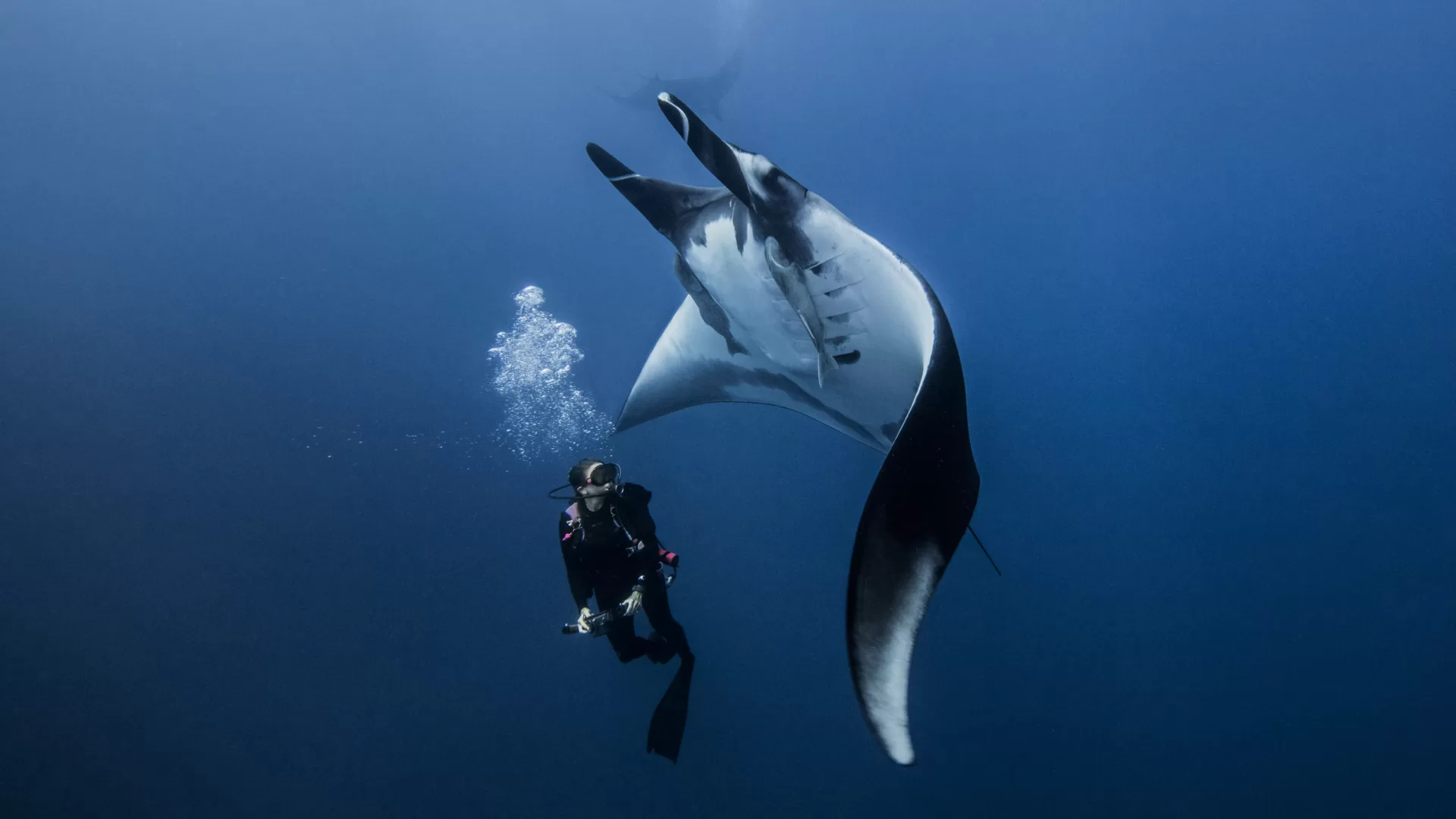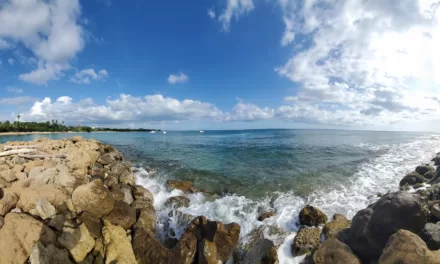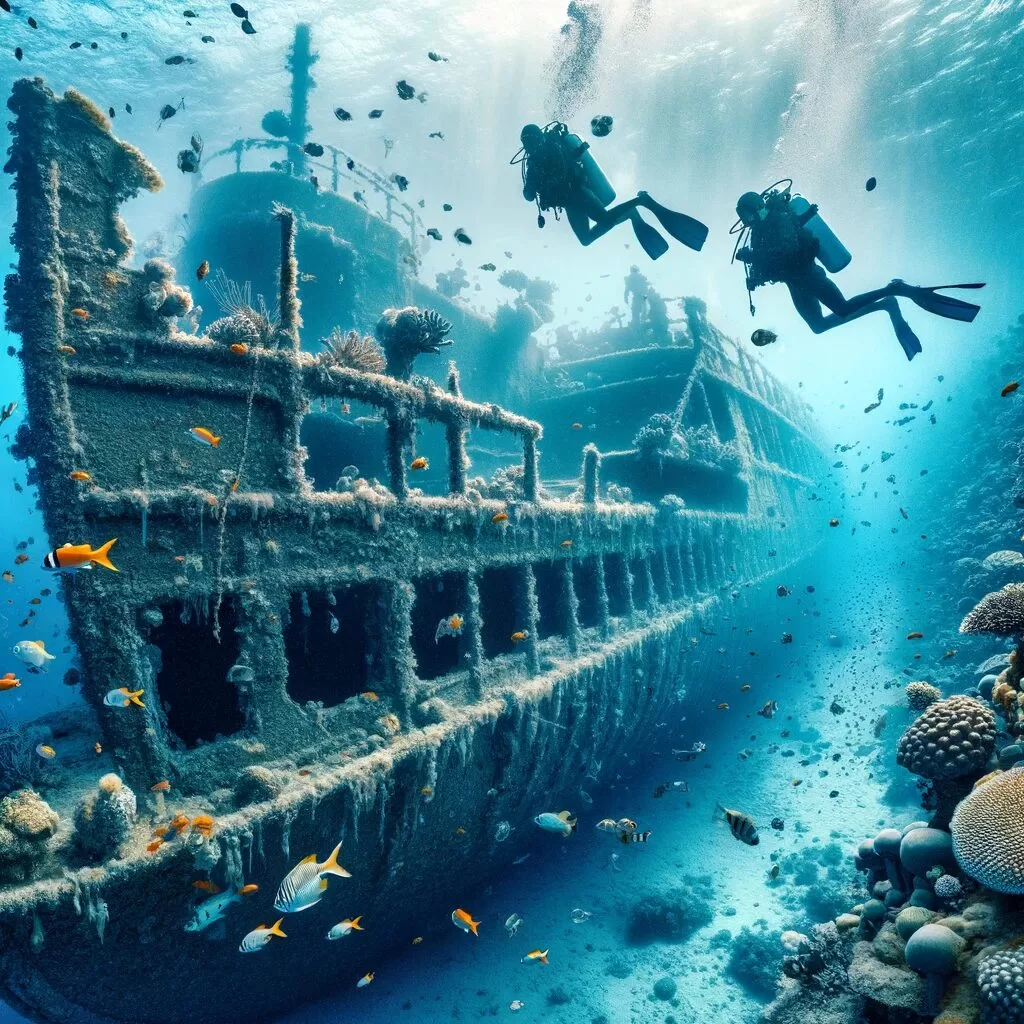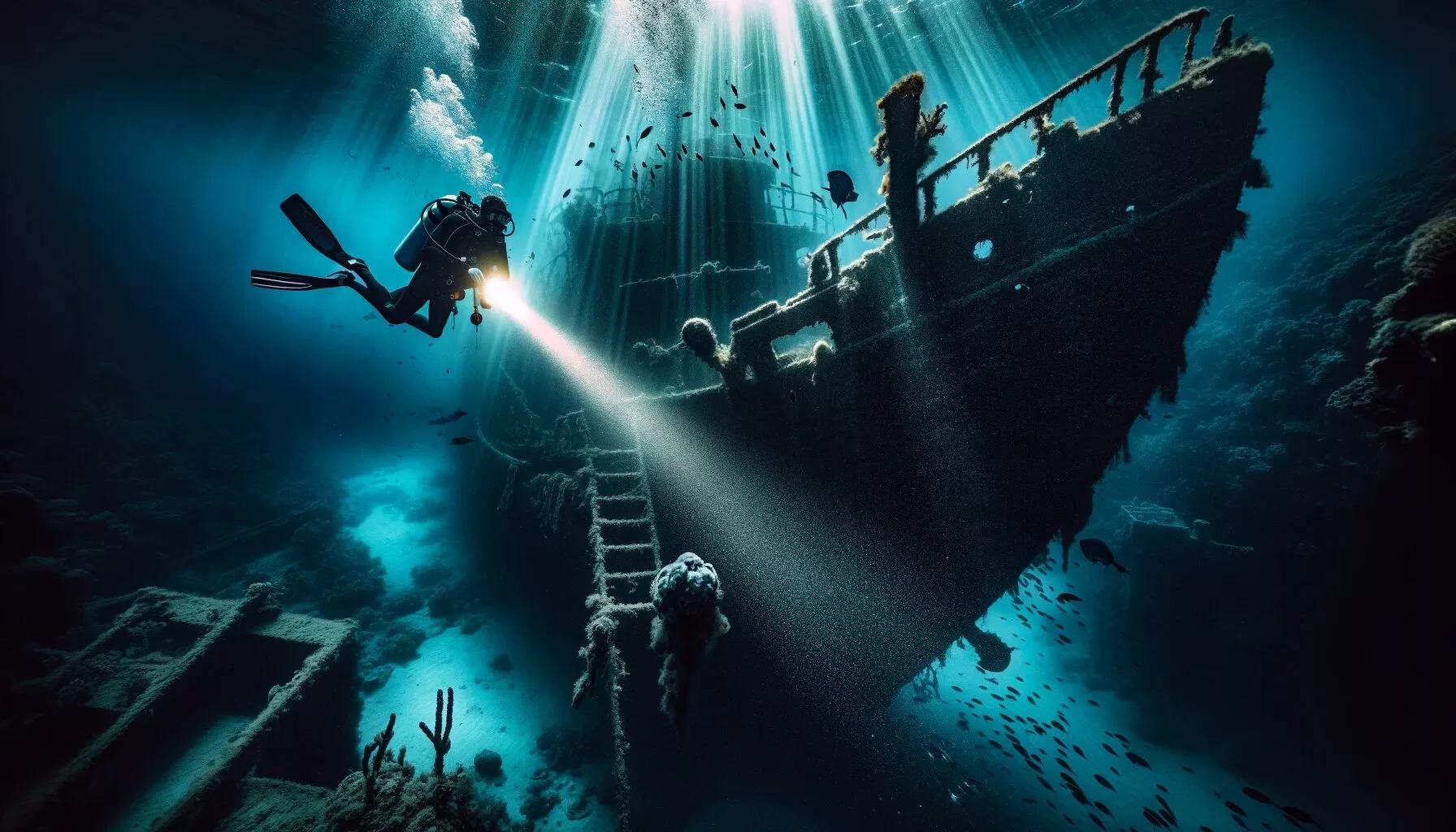Welcome, ocean enthusiasts and adventure seekers! Today, we’re diving into the captivating world of underwater exploration, focusing on two of the most popular aquatic activities: snorkeling and scuba diving. While both offer a glimpse into the mesmerizing marine world, each has its unique charm and set of experiences. Snorkeling is often seen as a leisurely float on the water’s surface, peering into the shallows, while scuba diving is an exhilarating journey into the depths of the sea. Each activity caters to different desires and levels of adventure – whether you’re looking to casually skim the surface or delve into the ocean’s depths, there’s an entire world beneath the waves waiting for you. Let’s explore what sets these two apart and what makes each of them a must-try experience for water lovers.
Understanding Snorkeling
Imagine floating effortlessly on the ocean’s surface, the sun warming your back as the underwater world unfolds beneath you – this is snorkeling. Snorkeling is an accessible and easy way to explore marine life in shallow waters. All you need is a mask, a snorkel, and usually a pair of fins. The mask offers a clear view underwater, while the snorkel, a simple tube, allows you to breathe while floating face-down on the surface. Fins provide efficient movement with minimal effort.
One of the beauties of snorkeling is its simplicity and minimal equipment. It requires no extensive training – just basic swimming skills and comfort in the water. It’s an activity that’s accessible to almost everyone, regardless of age or fitness level.
The best snorkeling experiences are often found in calm, clear waters where marine life thrives near the surface. Think of the vibrant coral reefs in the Caribbean, the clear waters of the Mediterranean, or the tranquil bays of the South Pacific. Ideal conditions include calm seas, little to no current, and good visibility – typically in warmer climates. Snorkeling offers a window into a colorful world of coral gardens, playful fish, and even occasional encounters with larger marine creatures like turtles or rays. It’s a peaceful yet thrilling experience, connecting you directly with the wonders of the marine world in their natural habitat.
Comparing Depths: How Deep Can You Go?
When it comes to exploring the underwater world, depth plays a crucial role in what you’ll discover. Snorkeling is like skimming through the first chapter of an oceanic book – you’re mostly floating above, peering down into the shallow, sunlit waters. The depth here is limited to where the sun’s rays can easily reach, usually up to about 20 feet. This realm is where coral reefs flourish, teeming with colorful fish and vibrant marine flora. It’s a dazzling, easily accessible world, full of life and light.
Scuba diving, on the other hand, is like diving deep into the ocean’s narrative. Equipped with an air tank, you can descend well beyond the snorkeling limit, often up to 60 feet for recreational dives, and even deeper for certified technical divers. This descent unlocks a different world – one where colors start to fade, and the marine life becomes more varied and mysterious. Here, you might glide past steep coral walls, explore underwater caves, or encounter schools of larger fish and marine mammals that dwell in deeper waters. At these depths, the ocean reveals its secrets more slowly, offering a sense of adventure and discovery that snorkeling can’t match. Each depth has its unique story to tell, from the sunlit coral gardens of the shallows to the more enigmatic depths of the open ocean.
Marine Life Encounters
The marine life you encounter while snorkeling versus scuba diving can be quite different, not just in variety but also in the nature of the interaction. Snorkeling allows you to witness the bustling activity of shallow-water ecosystems. Here, you’re likely to see a myriad of small, colorful fish darting among the corals, sea stars lounging on rocks, and perhaps a curious turtle passing by. Snorkeling spots often have a reputation for being vibrant and full of life, offering a snapshot of marine biodiversity.
Scuba diving takes you deeper into the marine world, where the encounters can be more diverse and profound. Imagine drifting alongside a gentle manta ray, observing the intricate patterns of a moray eel in a crevice, or the thrill of spotting a reef shark patrolling the depths. Diving can offer encounters with larger and more elusive marine animals, those that tend to shy away from the shallows. It’s not just about the variety of species; it’s about the depth of the experience. The deeper you go, the more you’re immersed in the marine environment, allowing for a more intimate and awe-inspiring connection with ocean life.
Accessibility and Ease of Learning
When it comes to accessibility and ease of learning, snorkeling and scuba diving sit at different ends of the spectrum. Snorkeling is often hailed as a universally accessible activity. Its simplicity is its charm – a little guidance on using the snorkel and mask, and most people are ready to float over the reefs. It’s also relatively inexpensive, requiring minimal equipment. This simplicity and low cost make snorkeling an excellent choice for families and individuals of all ages, although very young children should always be supervised.
Scuba diving, in contrast, requires a more substantial commitment in terms of time, cost, and learning. Before you can dive, you must complete a certification course, which involves both classroom learning and practical training in the water. This process ensures that divers are well-versed in using the equipment, understanding safety procedures, and managing potential underwater challenges. While scuba diving is an incredibly rewarding experience, it’s less spontaneous than snorkeling and usually more suited for older children and adults due to the training and safety requirements involved.
Health and Safety Considerations
Both snorkeling and scuba diving demand a keen attention to health and safety, but the considerations vary significantly between the two. In snorkeling, the primary concerns are staying hydrated, protecting yourself from the sun, and being aware of your surroundings, especially in areas with boat traffic or strong currents. It’s also important for snorkelers to be comfortable swimmers and to avoid touching or disturbing the marine life and the coral reefs.
Scuba diving introduces more complex safety protocols due to the increased depth and duration underwater. Key considerations include monitoring air supply, managing buoyancy, and understanding how to deal with pressure changes – all of which are covered in the certification course. Health-wise, divers must be in good physical condition, and certain medical conditions may require a doctor’s clearance. The risks, such as decompression sickness (the bends), are more significant in scuba diving, but with proper training and adherence to safety rules, they are greatly minimized.
Environmental Impact and Conservation
As ambassadors of the ocean, both snorkelers and scuba divers carry a responsibility to minimize their environmental impact. The delicate marine ecosystems are susceptible to damage, and it’s imperative that we explore them with care and consciousness. Snorkelers and divers must avoid touching or stepping on coral, as these structures are fragile and vital to ocean life. It’s also crucial to be mindful of not disturbing marine wildlife and to avoid feeding fish or other sea creatures, as this can disrupt their natural behaviors and diets.
Using eco-friendly sunscreen to protect reefs, participating in underwater clean-up dives, and choosing responsible tour operators are ways to make a positive impact. By adhering to these practices, we not only ensure the health of the oceans but also contribute to their preservation for future generations.
Conclusion
Whether you’re gliding on the ocean’s surface or exploring its mysterious depths, both snorkeling and scuba diving offer unique windows into the underwater world. Your choice depends on your personal preferences, interests, and the level of adventure you seek. Snorkeling offers ease and accessibility, ideal for a relaxed glimpse into marine life, while scuba diving offers depth and intensity for a more immersive experience. Whichever path you choose, or even if you decide to try both, you’re in for an enchanting encounter with one of the planet’s most extraordinary environments. Dive in, explore, and let the wonders of the sea captivate your heart.




